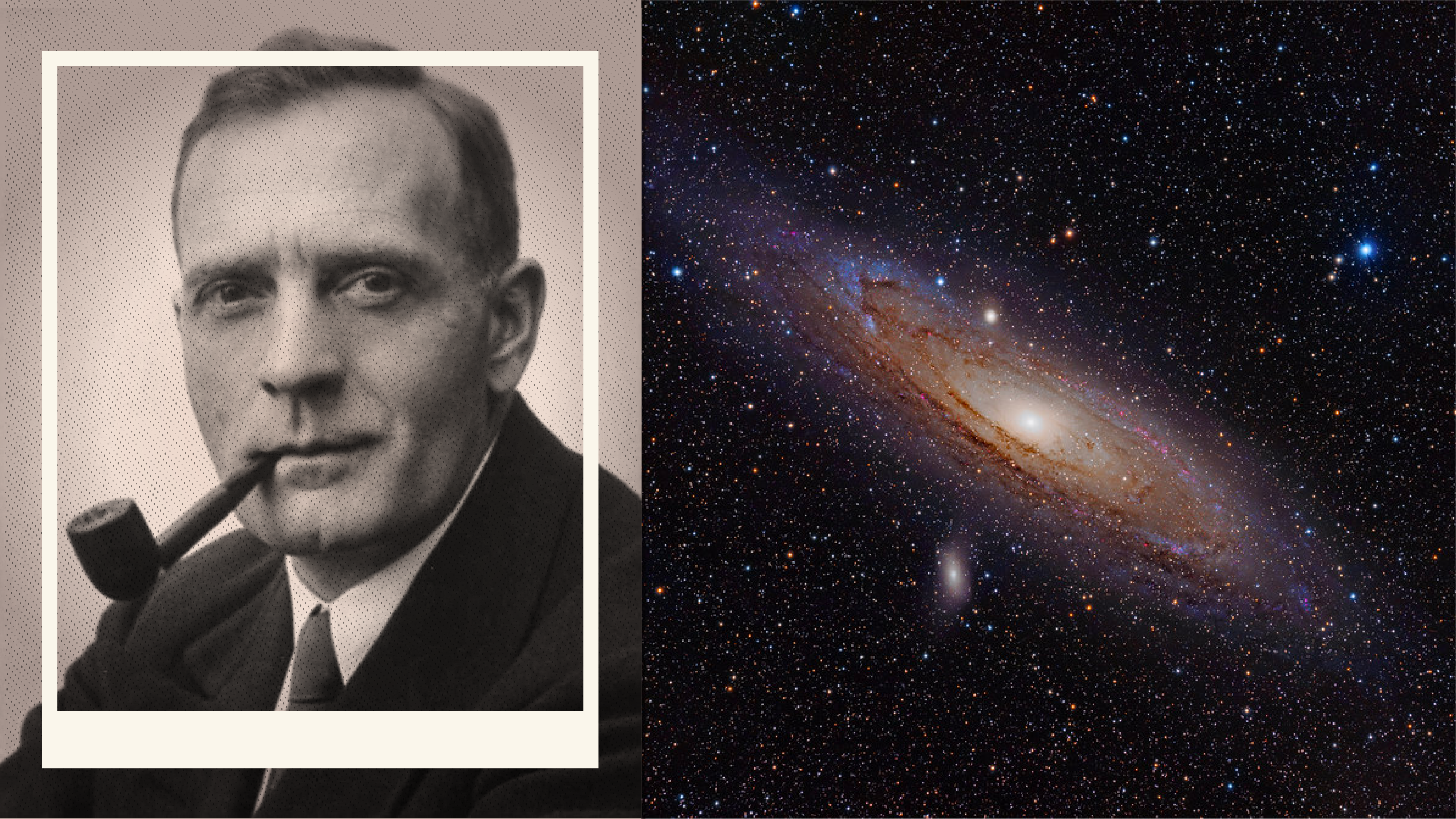Throwback Thursday: What is a variable star?
The “constant points of light” in the sky are often anything but.
“To be is to be the value of a variable.” –Willard Van Orman Quine
We look up at the stars in the night sky, and we think of them as relatively constant, unflinching points of light, burning through their nuclear fuel at a consistent rate for billions of years at a time. It’s only at the very end stages of life that we think of them changing, becoming giants, burning new sources of fuel and eventually ending their lives.
Yet for many stars, “being variable” is a normal, everyday part of their lives. This was showcased in spectacular fashion by the European Space Agency a little less than two years ago by showing a famous variable star, RS Puppis, varying over time, and having that variable brightness reflected in a light-echo off of the surrounding matter.
Now, this is a pretty amazing sight, and I’d love to tell you what variable stars are, but there are three different ways I can think of to answer, depending on what perspective you take: a historical perspective, a scientific perspective, or a physical one. The reason for this is that there are so many different things to talk about when it comes to variable stars.
So, let’s just do all three!
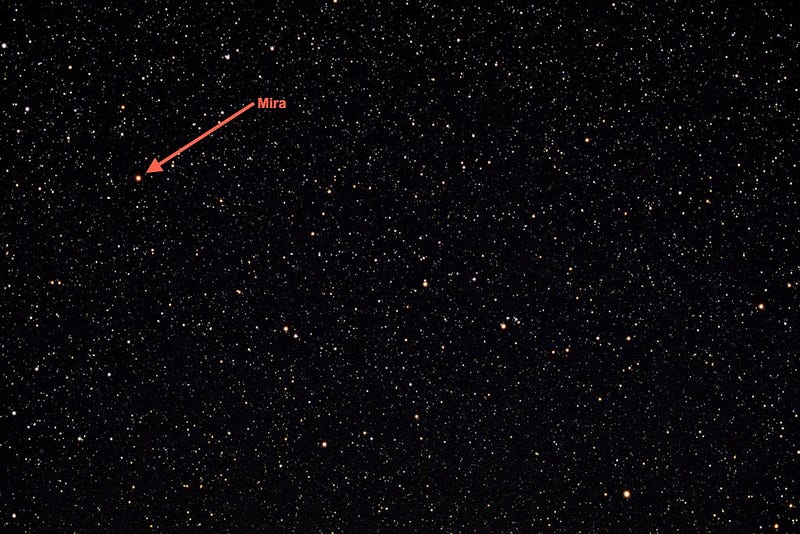
1.) Historically. Going all the way back to ancient times, it was long thought that the stars in the heavens were fixed points of light. Occasionally, a catastrophic event like a nova or supernova would create a temporarily brightened object, but these are extraordinarily rare, and only a few have been visible to the naked eye in all of human history. While it’s true that the vast majority of stars appear to be unchanging in their position and brightness in the sky, this isn’t true of them all.
In 1596, David Fabricius saw what he believed to be a nova, as he saw a point of light brighten in the sky in August and then fade completely from view by the end of October. But much to his surprise, the point of light reappeared again in 1609. No nova had ever reappeared before; what Fabricius had discovered was not a nova at all, but Mira, the first intrinsically variable star!
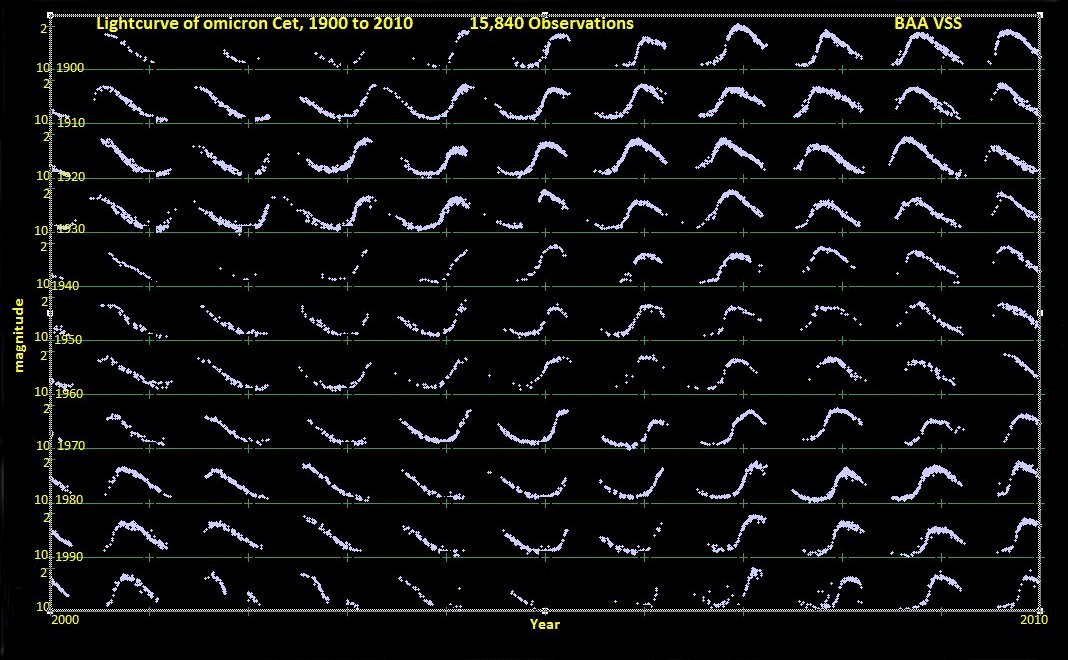
Variables stars were originally thought to be extremely rare, as it took nearly two centuries for the count of them to finally reach 10, but the number of discovered variables skyrocketed once the technique of astrophotography was developed. By being able to directly compare a star’s apparent brightness over periods of days, weeks, months or even years, both the amount of variation and the period of variability could be measured quite accurately.
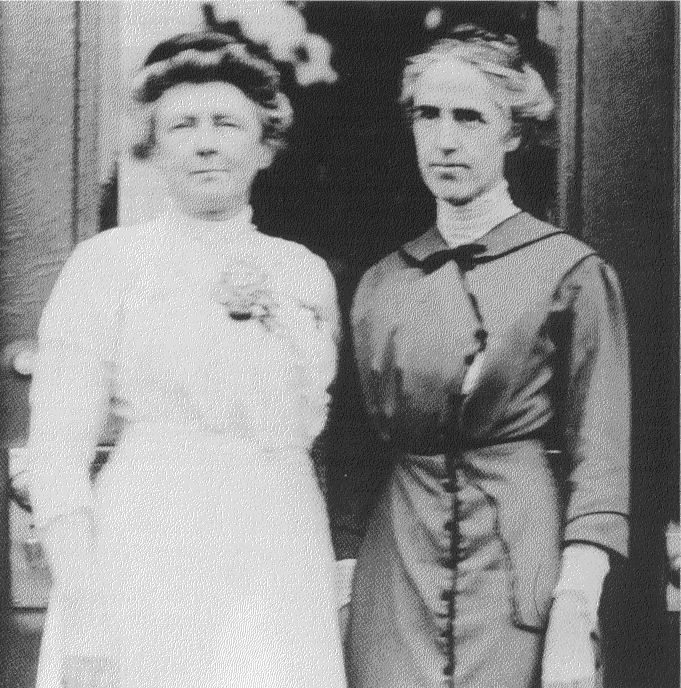
In the early 1890s, a young woman named Henrietta Leavitt attended the Society for the Collegiate Instruction for Women, now known as Radcliffe College. In 1893, she was hired by the Harvard College Observatory to measure and catalogue the brightness of stars from the observatory’s collection of photographic plates. In particular, she was cataloguing stars found in the Small Magellanic Cloud, and over the next two decades, found over 1,000 variables which she catalogued into numerous different classes of variable star.
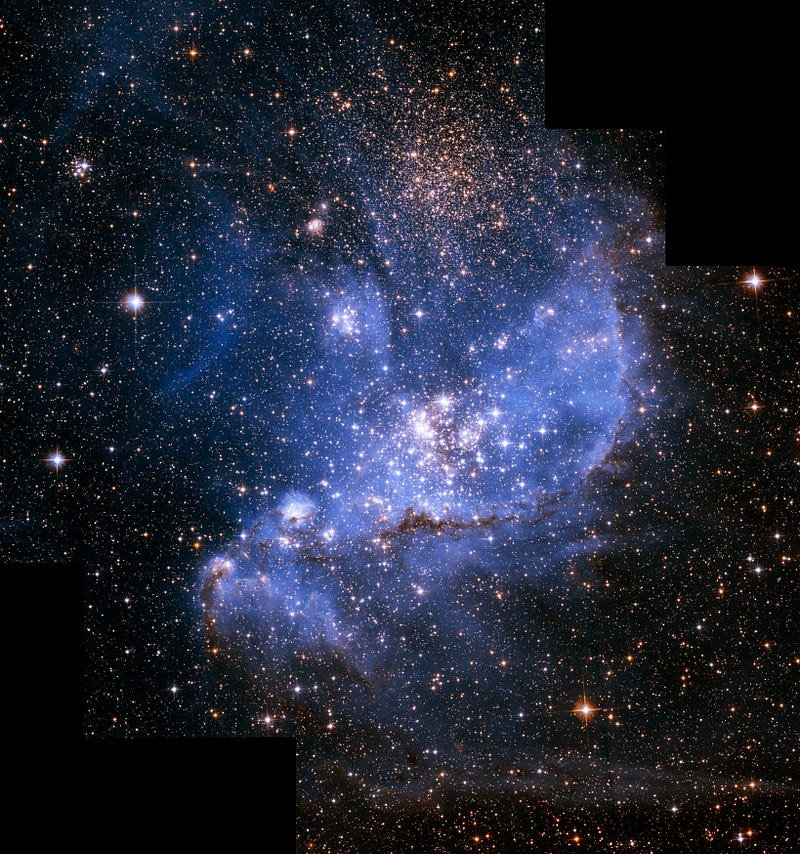
But one particular class — the Cepheid variables — showed something funny, and Leavitt noticed. When she looked at 25 of the brightest Cepheids, they took longer periods of time to complete each pulse: to reach their maximum brightness, dim, and return to maximum again. While all the stars varied by approximately the same amount (in terms of visual magnitude), the ones with the highest average brightness took months to cycle from bright-to-dim-to-bright again. As the average brightness of the observed stars decreased, so did the period of the stars’ variability; the dimmer a star was, the faster its brightness varied, down to a minimum of just over a single day. In fact, she found that there was a well-defined correlation between how bright a Cepheid appeared on average and the period of time it takes to pulse.
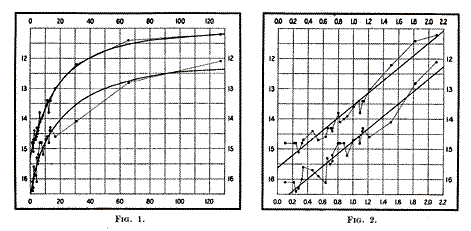
This relationship is known today as the Period-Luminosity Relationship, and this discovery carried along with it some tremendous implications, which leads us to the second way to answer the question of variable stars.
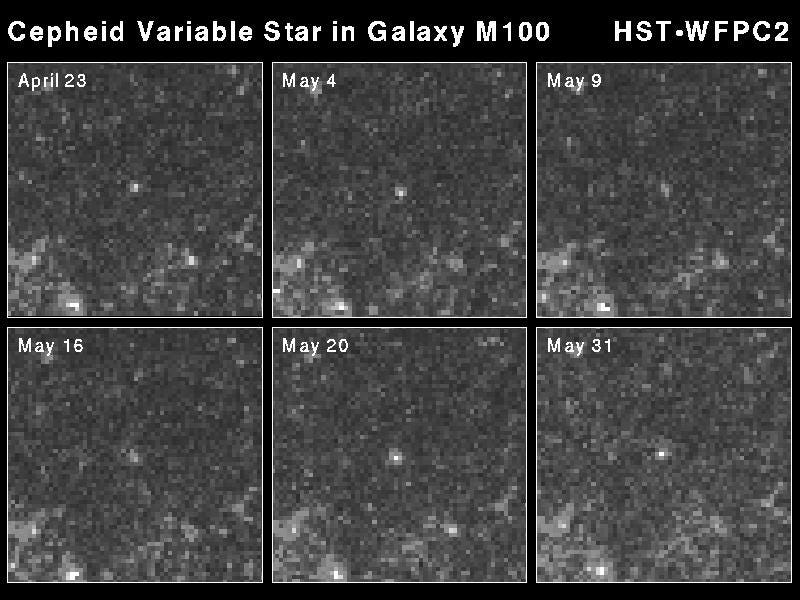
2.) Scientifically. Keeping with the Cepheids found by Leavitt’s survey, they were all of stars located a considerable distance away: about 199,000 light-years distant, while the physical size of the object wherein the stars are contained is only on the order of 7,000 light-years. Because of that, all the stars in the Small Magellanic Cloud are at approximately the same distance from Earth, and the differences in stellar brightnesses correspond to differences in how intrinsically luminous each of these stars are. And if there’s a relationship between a star’s period and its luminosity, this meant that if you measured a Cepheid variable star’s period, you’d know how intrinsically luminous it was. If you then measured its apparent brightness, because you know how brightness and distance are related, you could figure out how far away the star actually was.
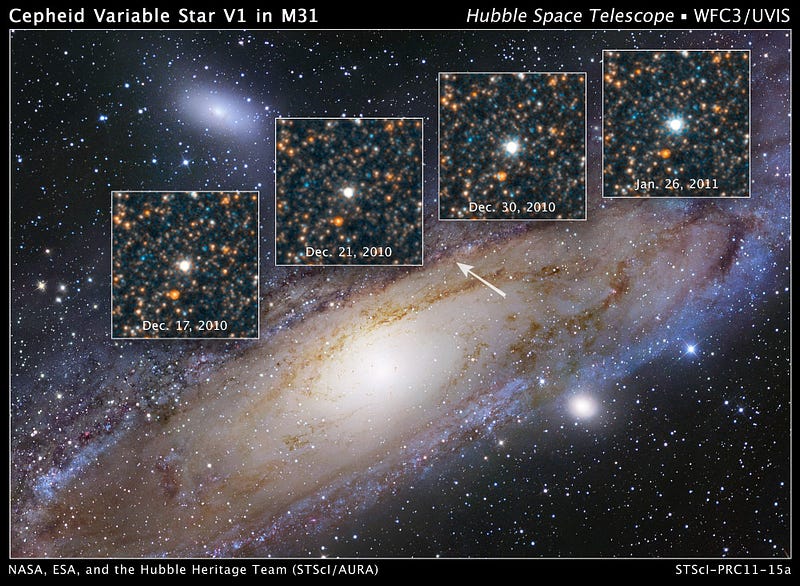
We call these objects standard candles, because if you know how intrinsically bright a light-emitting object is, and then you measure its apparent brightness, you can figure out how far away it is from you. Thanks to Henrietta Leavitt’s work on Cepheid variable stars, we had a standard candle to measure the vast distances across the cosmos, and it was thanks to Edwin Hubble’s discovery (and recognition) of variable stars that appeared in the spiral nebulae he was observing in the 1920s that we were able to understand how far away these objects — now recognized as distant galaxies — truly were.
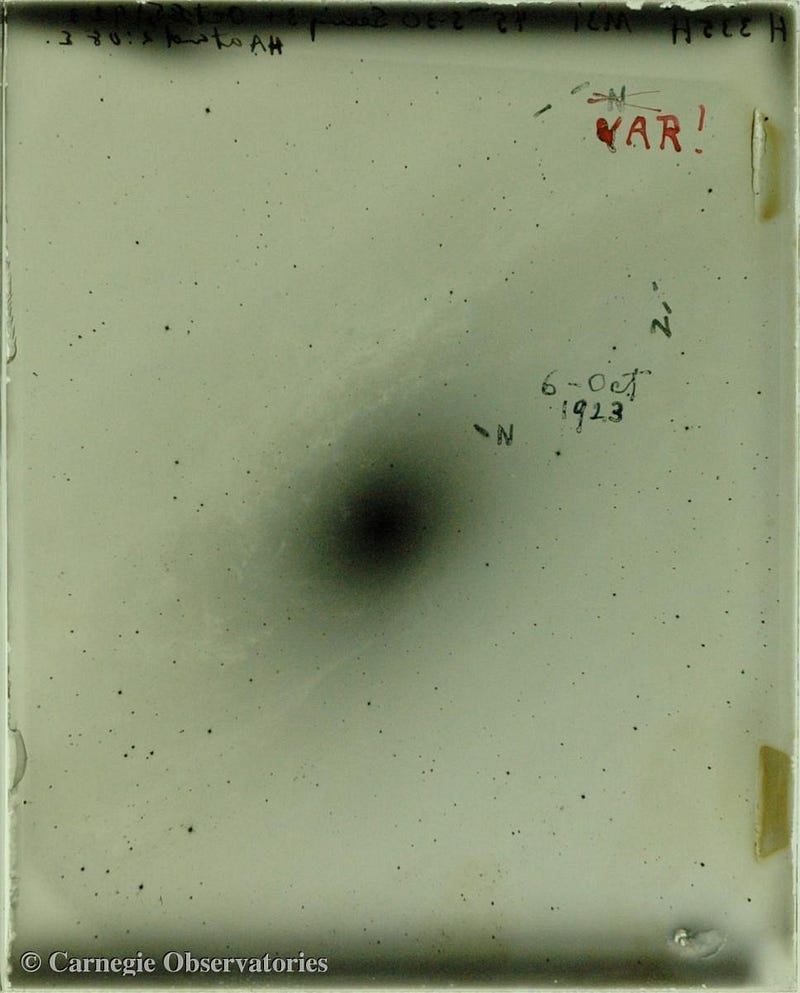
There are many types of intrinsically variable stars that range in color and brightness tremendously. In addition to the Cepheids identified by Leavitt (which come in two types), there are lower-mass and shorter-period RR Lyrae stars, red giant variables (like Mira), pulsating white dwarfs and whole host of others, some of which are outlined in the image below.
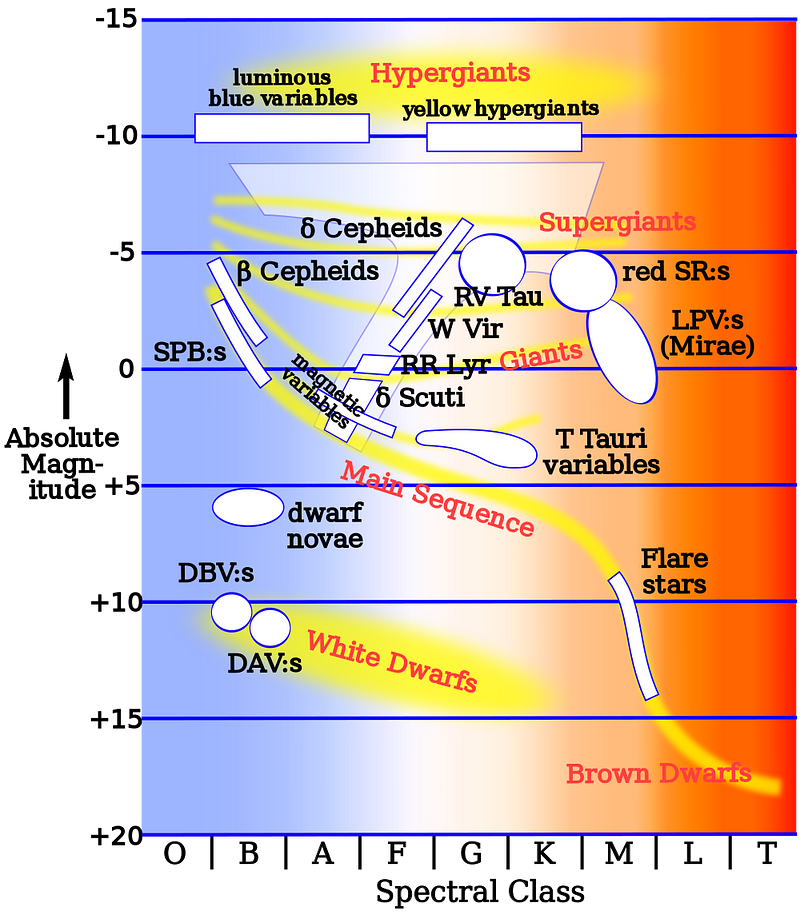
For the most part, there are very well-defined correlations between the easily observable periods of these objects and their absolute magnitudes, which means if we find-and-identify one pretty much anywhere, we can know how far away it is with very high precision! As far as science is concerned, this is one of the most important pieces of the cosmic distance ladder. While the best way to measure stars is via parallax, or how much its position appears to shift in the sky over the course of a calendar year (as Earth orbits the Sun), but that has only worked for stars out to a distance of 1,600 light-years. The Gaia mission, currently in progress, is working to increase that distance for parallax measurement by a factor of ten.
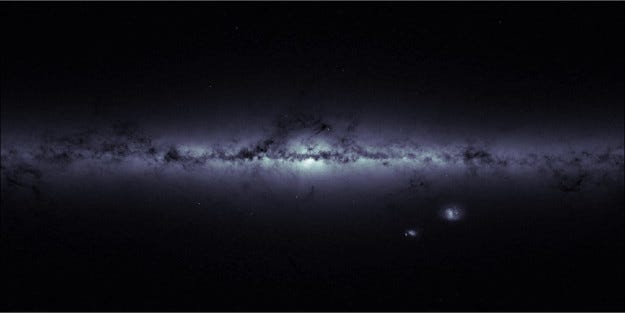
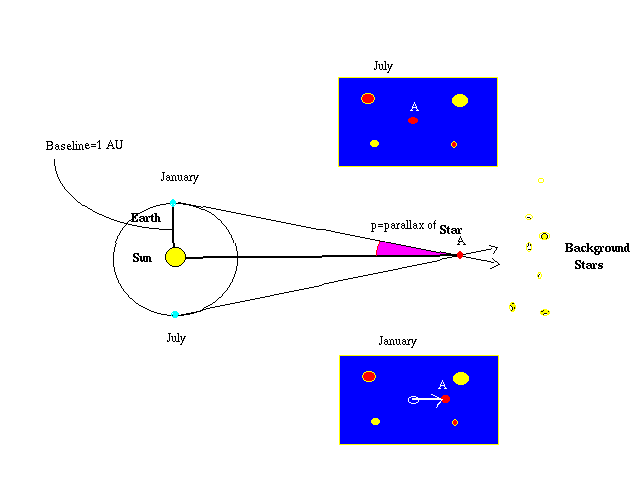
But there are plenty of variable stars within 1,600 light-years of Earth, that we do have parallax measurements for, and yet there are also variable stars that we’ve measured out to distances exceeding 100 million light years!
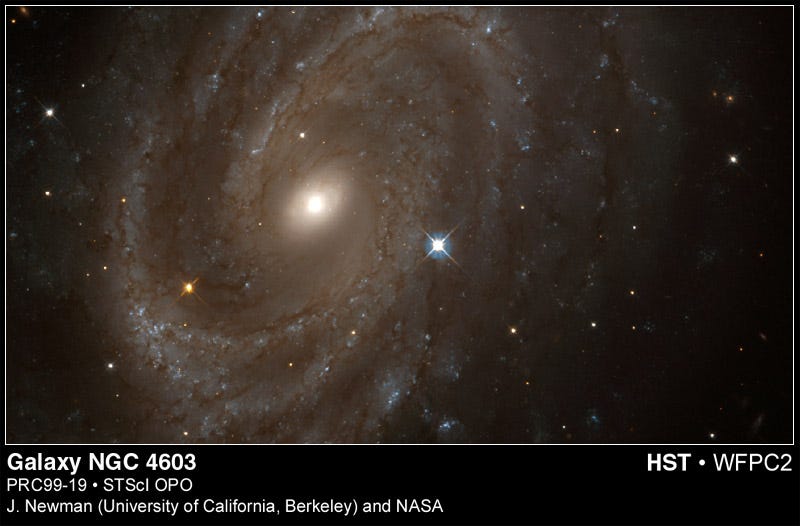
By observing how these stars vary over time — how their brightness varies, how long their period-of-variability is, and by identifying which class of variable star we’re looking at — we have determined the distance to thousands of cosmic objects beyond our own galaxy.
So we know how we discovered them, we know what they’re used for, but what causes them to vary? That brings us to the last type of answer…
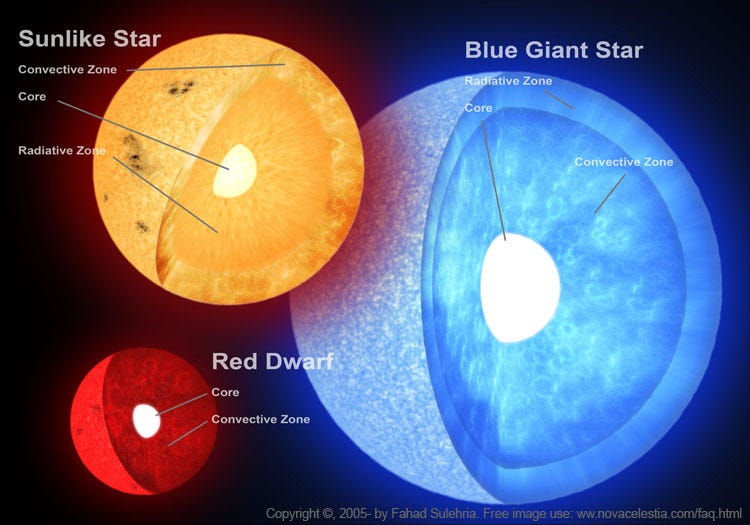
3.) Physically. You might think — as I (incorrectly) once did — that the core of the star, where nuclear fusion occurs, goes through changes that propagate to the surface, causing the pulsations. This would be extremely unlikely, as the time it takes a typical photon generated in the core to reach the stellar surface is on the order of 100,000 years, during which time it sees trillions of collisions! In fact, the rate of core fusion for all known types of variable stars remains constant. And yet, they vary!
The vast majority of the variability of these stars is instead explainable by what the outermost layers of these stars are doing.
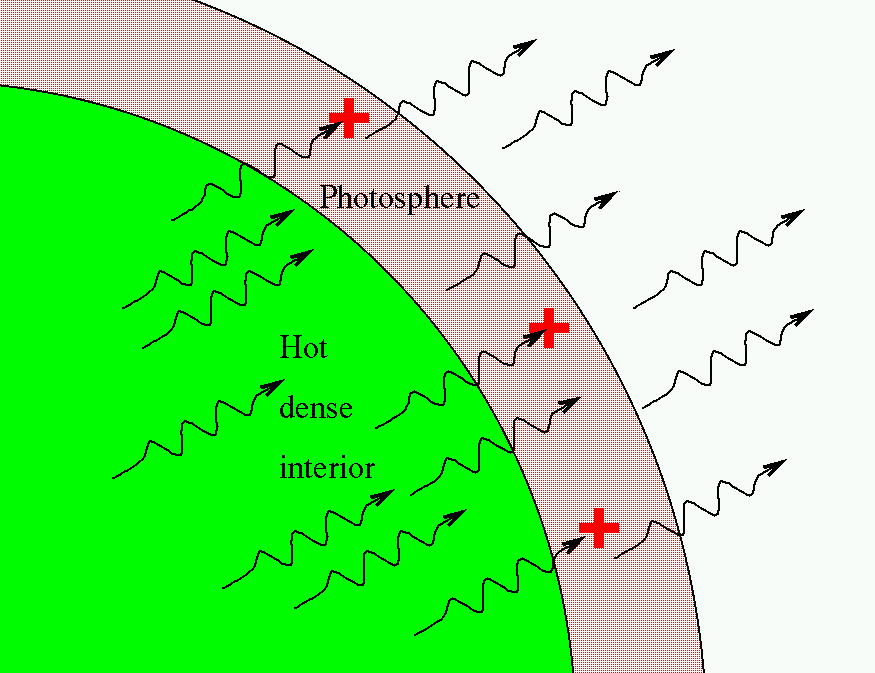
You see, the photosphere of a star — which is the last point-of-origin of photons before they leave a star for good — is a very special place from a physics perspective. For a perfectly stable star, the photosphere would remain perfectly constant over time, which means the radiation pressure pushing the particles outward at the surface would be counteracted exactly by the force of gravity drawing those particles towards the star’s center. Our Sun is a close approximation of this, but even a boring star like the Sun isn’t perfect in this regard.
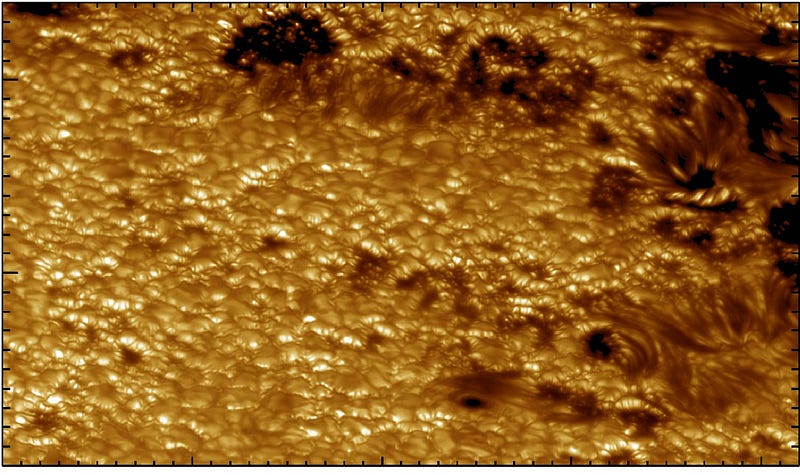
The outermost layers of even the Sun undergo convection, where a rising-and-falling of material occurs. Equilibrium is never truly attained in a system like this, and the outermost layer goes through a cycle where:
- the pressure is too large, causing the star to expand,
- as it moves farther away from the center of the star, the gravitational force drops but the radiation pressure drops faster,
- which causes the acceleration of the outer layer to stop, overshoot equilibrium, and eventually reach a point where gravity is exerting a greater inward force on it than the radiation pressure exerts outward,
- and then it accelerates inwards, causing the star to contract,
- passing through equilibrium again in the opposite direction, as radiation pressure rises to the point where it starts to push it outwards again, causing the cycle to repeat!
For our Sun, the variability is about 0.1% in intensity over time.
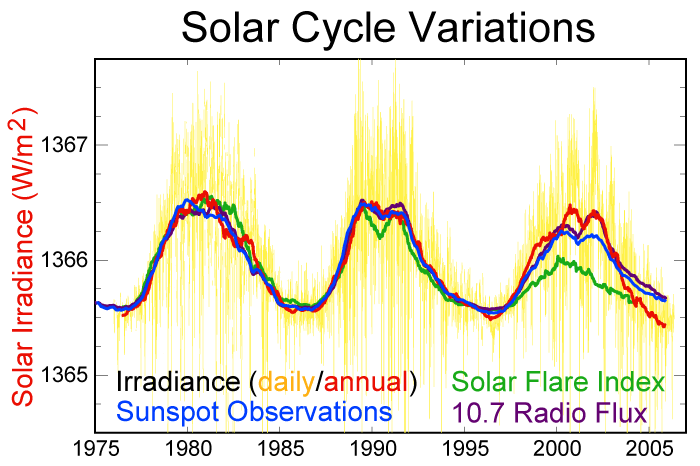
But for what we think of as the variable stars, their brightness and radius can vary by truly tremendous amounts, such as 90% or even more! For a star like Mira, its intrinsic brightness varies by about a factor of a thousand over the course of a single cycle, while Cepheids routinely have radii that vary by millions of kilometers and temperatures varying by thousands of degrees!
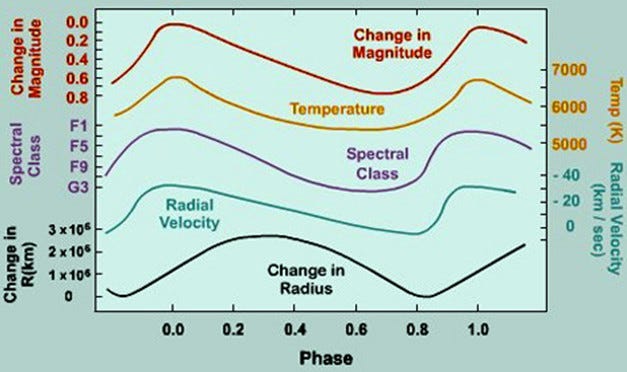
And although there’s a huge, rich trove of information to dive into on the topic — indeed, amateurs and professionals alike spend their entire lives studying these objects — that’s an introduction to variable stars, how they were discovered, what they’re used for, and why they physically vary!
To learn more, I highly recommend that you check out the AAVSO (American Association for Variable Star Observers), which has something for everyone, from researchers to the general public toamateur observers. (And I’d like to give a special shout out to Mike Simonsen, who first introduced me to this rich community.)
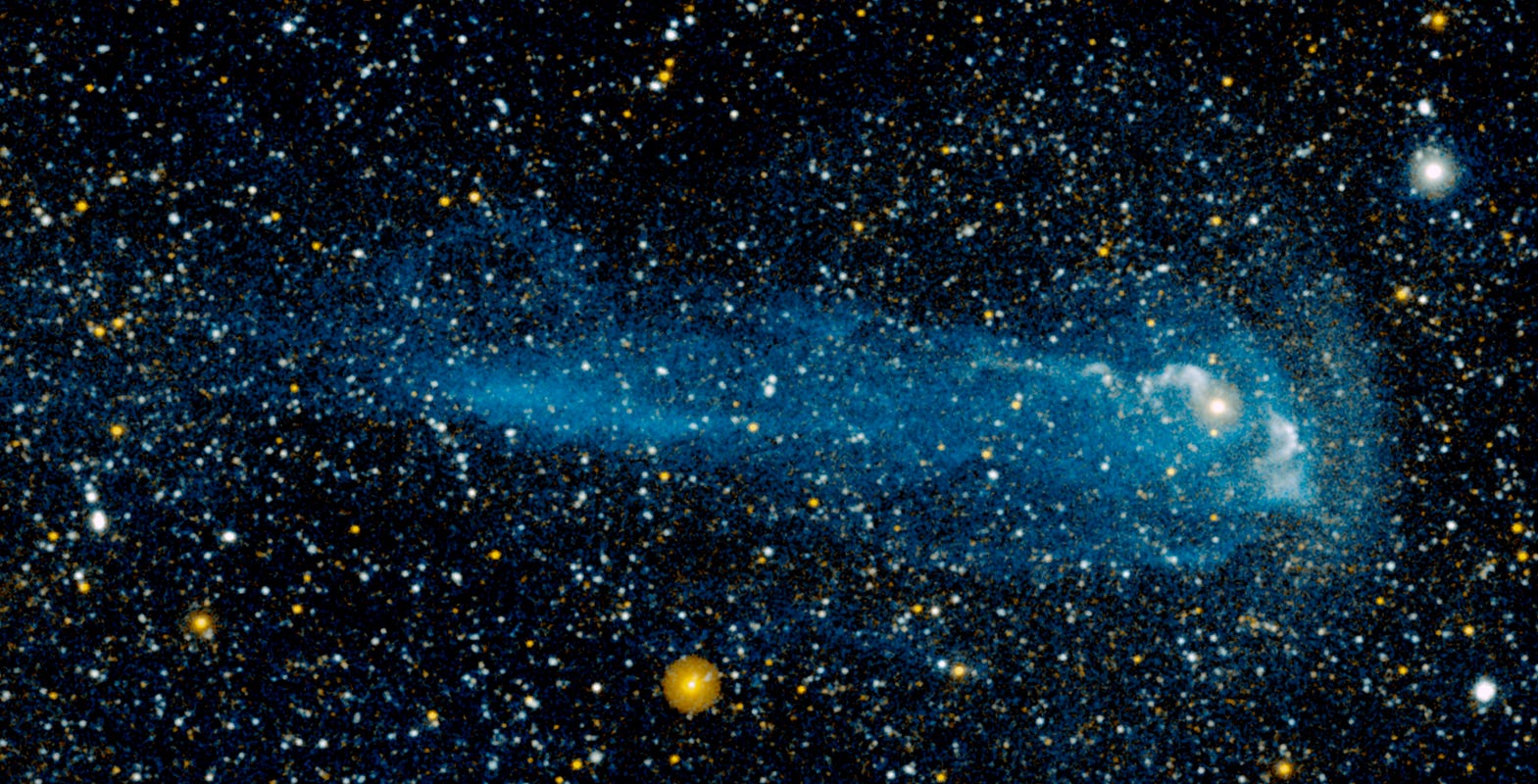
The craziest thing of all is that if you wait long enough or look precisely enough, you’ll find that every star will undergo a period of variability in its life. Like many things in this Universe, the only constant is change.
Leave your comments at our forum, and support Starts With A Bang on Patreon!


